Major spoilers for An American Werewolf in London ahead.
1981 was certainly a great time for those who wanted to make werewolf movies — just look to the success of cult films like The Howling (1981) and Wolfen (1981) — but after 40 years, not much has come close to matching the award-winning special effects and comedic appeal of the film that topped both for lycanthropic supremacy, John Landis’s An American Werewolf in London (1981).
Beginning along the moors of the British countryside, the film opens on two backpacking American students, David Kessler (David Naughton) and Jack Goodman (Griffin Dunne), who are making their way to Italy with the hopes of reconvening with an old classmate. Despite their warnings from the locals to stay clear of the moors, the two press on into the night, where they find themselves at the (limited) mercy of a voracious creature who kills Jack before biting David and leaving him gravely injured.
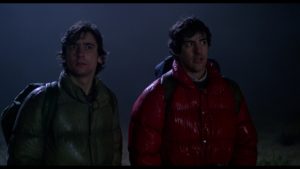
You wouldn’t think this initial set-up could be laced with moments of comedy, but it absolutely is. Fresh off his success with both Animal House (1978) and The Blues Brothers (1980), John Landis was perfectly situated to be one of the first to reinject the werewolf narrative with an acute combination of comedic delights and horrific thrills that, for the most part, had been missing since the days of Abbott and Costello. Granted, the humor is rather juvenile and misogynistic, as was the case with Landis’s previous films. For example, when Jack speaks of their classmate and his intention to make love to her, he proclaims to David, and to the entire moor, “She’ll have no choice.” The film’s development, or lack thereof of its only significant female character, Alex Price (Jenny Agutter), the nurse who tends to David’s injury and becomes his romantic interest, doesn’t do the film a whole lot of favors today’s standards, either. Although not that it was ever intentional, there may be an explanation for this if we look a little deeper than the simple transformation premise the film offers.
The simple fact is that David was bitten by a werewolf, a fact that he, and about a dozen of his victims, learn the hard way as he painfully transforms to the sultry sounds of Sam Cooke’s “Blue Moon” during the film’s most iconic scene. In becoming inflicted by a centuries-old curse, the kind of which an undead Jack informs him can only be broken once he dies, David, already an outsider on the streets of London due to his upbringing, is distanced even further from both his place in a different culture and his relationship with Alex. This isn’t the type of film where Alex’s undying love for David is enough to save him from rampaging. Thus, as odd as it may seem, it could be said that there may very well be an element of queer coding to An American Werewolf in London that can be engaged with when one engages with the notion of “hiding one’s identity.”
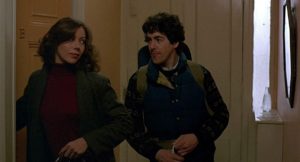
By all measures, An American Werewolf in London is neither a typical comedy nor a typical horror movie, often sacrificing one for the other in a bizarre series of tonal shifts that would hold a lesser movie back. As a result, this queer coding that indirectly underscores the narrative is hidden rather well, especially since the humorous moments are often used as a warning for the more visceral moments that are to come. After David’s first transformation, he awakens naked in a wolf enclosure at the London Zoo, quickly snatching a woman’s red coat in order to cover himself. This results in jeers from several men on the street. Later, as he tries to get himself arrested to avoid hurting more people at the next full moon, he desperately yells to an officer and crowd of bystanders, “Queen Elizabeth is a man! Prince Charles is a faggot! Winston Churchill was full of shit! Shakespeare’s French!” He hopes that this culturally offensive turn of phrase will do the trick, but of course, it doesn’t. What it does do, however, is remind the viewer that comedies of the ‘70s and ‘80s thrived because they could be casually homophobic and transphobic with no repercussions. Like David, queerness is something to laugh at because it stands out as different from the societal norm. And what else could be more different from the norm than a giant, carnivorous wolf roaming the London Underground and going on a killing spree in the middle of Piccadilly Circus?

Perhaps more so than most mythical beings typically associated with the spooky season, werewolves are the embodiment of the social pariah. They are beings who typify the difference between personal and public because those cursed to transform at the full moon are otherwise normal human beings, save for one deep, dark secret they are forced to keep to themselves for fear of societal rejection and hurting those they care about. This traditional viewpoint of the werewolf as an unwanted presence disrupting the status quo may have gained traction in Victorian London, but it makes for an equally applicable conclusion when discussing the dominant American society’s view on homosexuality in the early 1980s, especially since this time period saw the beginning stages of the AIDS crisis, which ostracized and negatively labeled the gay community as outsiders.
An American Werewolf in London features an impressively alert and self-aware narrative whose subversion of certain storytelling tropes allows its queer lens to become a bit clearer. This is most evident in the relationship David forms with Alex over the course of the film. David, determining a path in which he can break his curse without having to die, states, “I think a werewolf can only be killed by someone who loves him.” It’s not as if the film tries to suggest it could be anyone other than Alex who David pins all of his hopes on, but it still, in a way, upends this trope all the same because of how Jack’s undead, unsettling appearance still haunts David after he is killed.
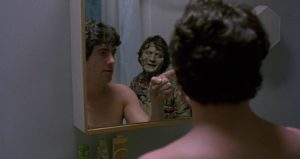
It’s not only that Jack continuously implores David to kill himself because he is “bored” and “lonely” while existing between two worlds, but it’s also that Jack arrives, in increasingly mangled fashion, while the narrative engages with some rather explicit content, such as after David and Alex have had sex, and later in an adult movie theater that David hides in while the full moon appears for the second time. In so many more ways does Jack’s continued presence in the film make him a more significant figure in David’s decision-making than does Alex, showing some clear favoritism toward the close friendship over the heterosexual relationship.
David’s time spent as a werewolf is, in itself, just as much of a queer barrier that keeps David and Alex’s relationship from progressing any further, and it’s largely because it’s suggested that David feels a rush of energy and comfortability in his other form that he doesn’t feel with Alex. “I haven’t felt this good in a long time,” he says to Alex the morning after his first transformation. An American Werewolf in London envisions its titular beast as a source of undoing for the heterosexual everyman and his ability to live monogamously as society would expect. David’s initial transformation occurs in Alex’s apartment, and once it has been completed, this so-called “safe zone” is abandoned as he emerges onto the streets of a city that will always fear him and never feel comfortable knowing he’s there. But at least there’s a hinted degree of self-contentment within David once he starts walking on all fours.
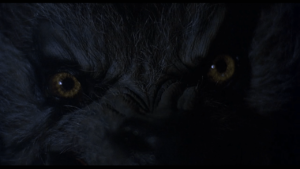
It could be that contentment that ultimately locks in David’s fate, for Alex surely saves her climactic “I love you” for the very last moment when the transformed David has been cornered in an alley by the police. Shots ring out, and David’s lifeless body is all that remains when the curse is finally lifted. Without the lens of queer theory, his death is quite a blow, if not simply shocking. But it is ultimately queer theory that makes it easier to expect. An American Werewolf in London denies the everlasting power of heterosexual love as the end-all, be-all of saving graces. And where its queer reading leaves the viewer is, like Jack, stuck between two worlds: one in which the suggestion of triumphant queerness is to be celebrated, and the other in which the protagonist’s death sentence, on charges of acting according to who they truly are, is to be lamented. But, in the end, inevitability is always good for a laugh.
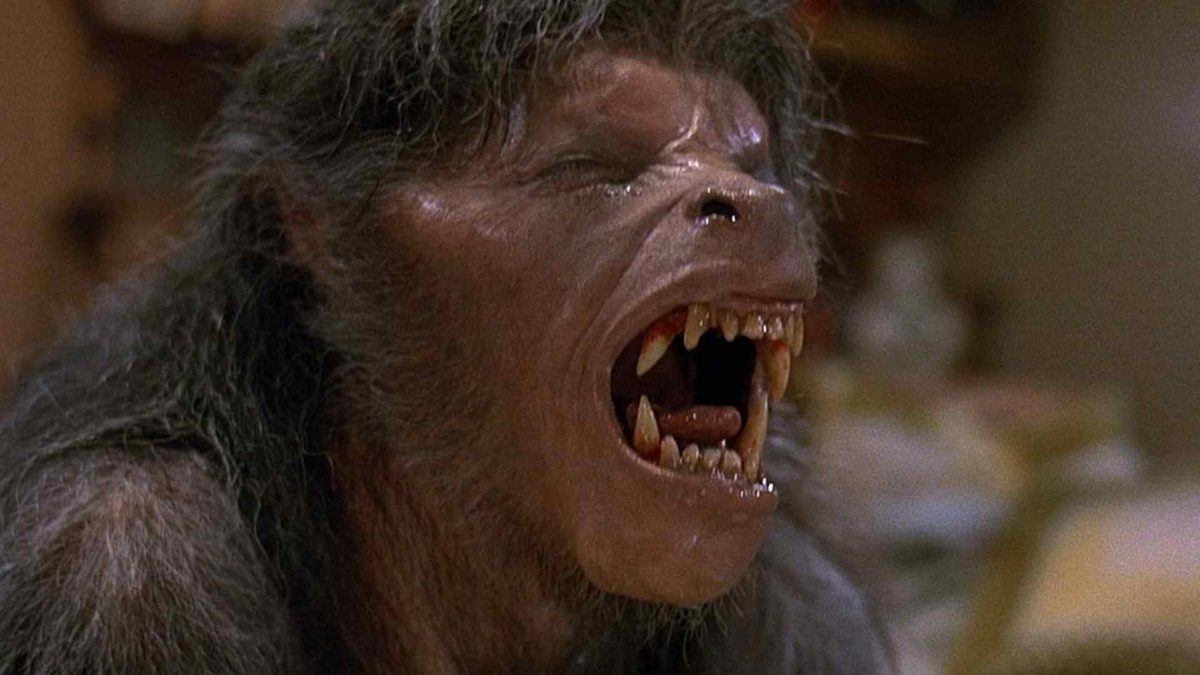
Comments